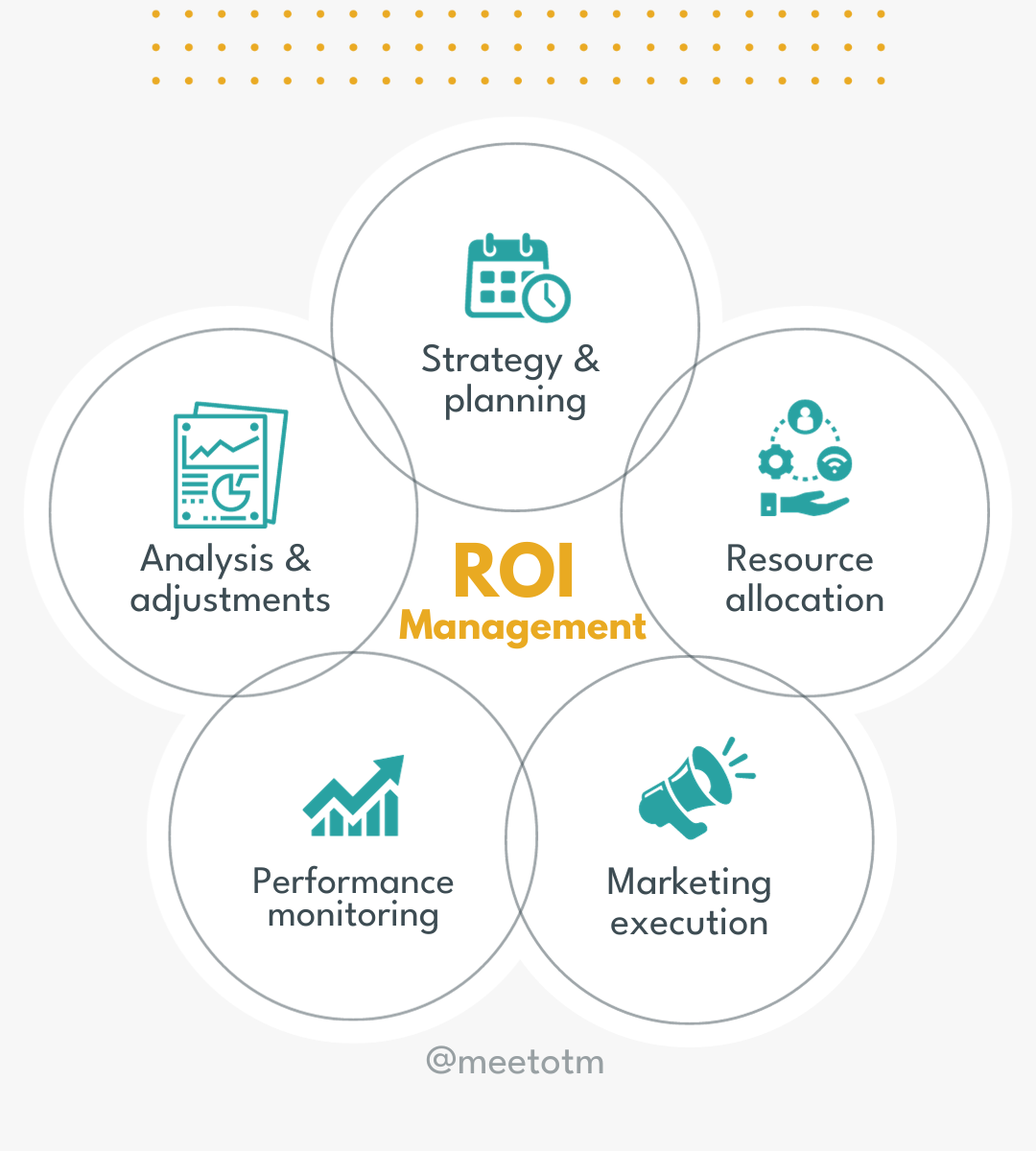
By integrating sales and marketing efforts, leaders can make better decisions, optimize processes, and ultimately drive more growth.
1. Pick Your Tech Stack
At OTM, we know the importance of a solid tech stack that can align sales and marketing efforts because we have one for our own business – and it works! Our lead tracking and sales enablement tech stack, anchored by tools like HubSpot and CallRail, serves as the backbone of our operations.
These platforms integrate seamlessly with various other tools, providing a comprehensive view of every lead’s journey, from the first touchpoint to conversion.
Investing in a tech stack that fosters collaboration and data transparency is the first step toward achieving a harmonious relationship between sales and marketing.
Don’t have a tech stack like this? We can set one up for you!
With our recommended tech stack, we leverage technology to efficiently track and analyze lead sources, engagement, and quality to ultimately determine ROI on marketing efforts so you know where to invest more (and less) resources for the greatest impact.
Contact us today to learn more or to get started on your way to data-driven success.
2. Run Your Inbound and Outbound Campaigns
Once your tech stack is in place, it’s time to leverage lead generation (lead gen) and demand generation (demand gen) campaigns.
These campaigns are the driving force behind attracting potential customers, nurturing leads, and ultimately converting them into loyal customers. Implementing a strategic mix of inbound and outbound tactics, such as content marketing, social media engagement, and targeted advertisements, ensures a steady flow of quality leads.
By aligning marketing campaigns with sales objectives, you create a seamless customer journey that maximizes conversion opportunities.
For more information on how to determine what type of campaigns to run, check out our article ‘How to Create Your Full-Funnel Marketing Strategy.’
3. Report on Your Efforts
To measure the success of your integrated efforts, it’s essential to create a solid reporting framework. Key Performance Indicators (KPIs) should be established to monitor the effectiveness of your campaigns and track progress toward overarching business goals. Detailed reports should provide insights into lead sources, conversion rates, and customer behavior.
This data-driven approach enables both sales and marketing teams to identify strengths, address weaknesses, and make data-backed decisions for continuous improvement.
At OTM, each of our clients receives a monthly report that includes data, an in-depth analysis of that data, and a series of KPIs that we’re committed to working toward.
In fact, our Chief Growth Officer, Kerrie was recently featured in the article ‘Top 19 Goal-Setting Frameworks to Consider for Agency and Client Goals’ by Agency Analytics, check it out here.
4. Iterate, Adapt & Refine
Marketing is a science, not a magic bullet. Good marketers thrive on experimentation because there is no one-size-fits-all solution. Success lies in continuous testing, adapting, and refining strategies.
Regularly analyze the performance data, gather feedback from both sales and marketing teams, and be willing to pivot based on the insights gained. This iterative process ensures that your efforts remain agile, responsive to market changes, and aligned with the evolving needs of your audience.
Before you start any of these things, however, it’s important that you have a solid marketing strategy for your business.
Not your marketing plan, which is what will change frequently (and hopefully, based on data). We are talking about the strategy that informs your plan.
A solid marketing strategy should define exactly who you are trying to reach and why they should purchase from you, while your marketing plan defines what tactics you need to implement and when in order to deliver on your strategy.
Learn more about creating and refreshing your marketing strategy here.

If you don’t already have a marketing strategy or plan, check out the OTM Path to Growth® our process that guides clients through a series of collaborative exercises to analyze your business and marketing strategy, understand your customer’s behaviors, and ultimately position your brand competitively within your industry.
